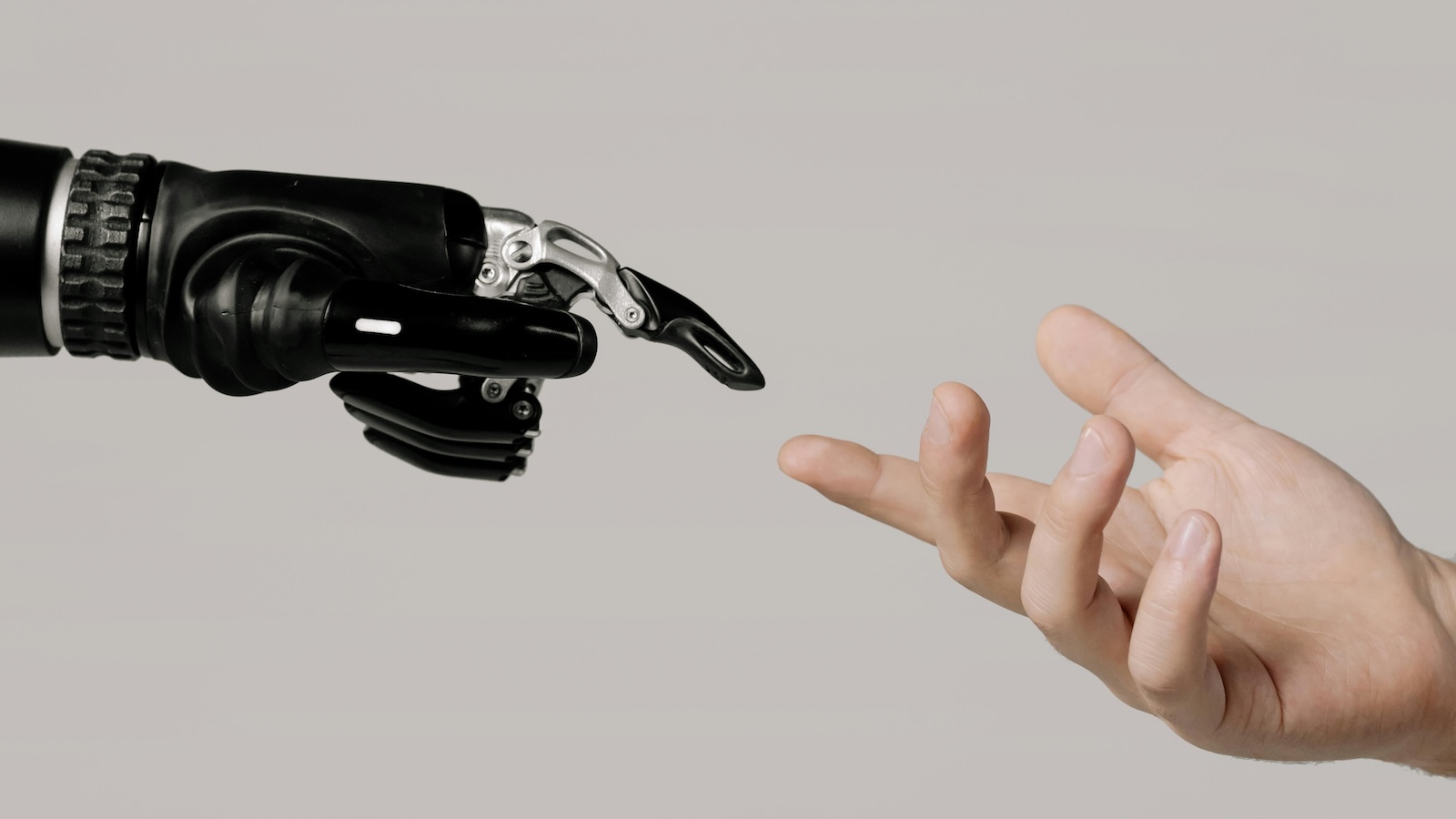With the spring season known to bring the most dangerous storms and damaging tornados, the next few months are likely to see continual and damaging weather events across the U.S.
Earthquakes, storms, floods and droughts — the number of recorded loss events resulting from natural disasters has been increasing for some years now. However, some insurers that are using more traditional risk assessment methods are finding the emerging risk landscape too unpredictable.
Climate change is one of the most pressing issues in the insurance industry today, but forward-thinking insurers have found the way to combat it: AI.
AI revolution
In the last decade, artificial intelligence (AI) has emerged as the game-changing technology in the insurance sector. AI models are becoming more effective in the analyzing and processing of insurance claims, especially in the case of natural catastrophes. Visual data can accelerate inspection, underwriting and claims at the same time it helps with risk prediction and preparedness.
With AI taking the industry by storm, new aerial imaging capabilities are constantly being developed in the P&C space, meaning preventative measures are more accessible than ever. By using 3D property intelligence derived from aerial imagery, insurers can obtain more data points for more commercial and residential properties nationwide, from number of stories and roof geometry to secondary structures and liability risks.
In the future, AI will become the norm for risk assessment. From insurers looking to streamline their operations, to those ensuring the safety of assessment teams, AI is the way forward.
Insights rather than data
Even when insurers can get hold of reliable data, the data alone is not enough. Insurers need more than just numbers to accurately estimate the total risk of a property – they need insights from that data.
Insights are driving the data transformation, and the most significant impact lies in risk management. More detail on the condition of a property’s structure can completely eliminate manual intervention and help insurers access important property attributes. For instance, insurers can have access to the all-critical rooftop attributes, making risk selection and pricing faster and more efficient. Is the roof old and deteriorating, or is it new? Is it likely to be affected by inclement weather? Would the structure – the roof or the building as a whole – be expensive to rebuild? These, and many more, are the questions that insurers would be able to answer.
Given the technological capabilities available to insurers today, it is easier than ever to obtain critical insight. Because of this, there is now also an opportunity for insurers to predict and tailor their services to meet the needs of each consumer as an individual and secure long-term customer loyalty.
See also: How AI Is Moving Distribution Forward
The era of CX
Traditionally, insurers barely ever had hands-on interaction with clients, and relationship-building was non-existent. With the advent of AI innovation, all that could change. But how can insurers make sure they excel in customer experience when a natural disaster comes?
A Voxco study found that less than one-third (29%) of insurance customers are satisfied with their current providers, and 21% believe that insurers do not tailor their experiences at all. Insurers can enhance their customer experience every step of the way by having the AI tools to identify the right properties for their portfolio, and customize the interaction with each customer according to their relevant data.
To leapfrog competitors in this evolving market, it is essential to maintain high-quality customer experience during the surges brought on by a disaster, the time when the largest number of people rely most heavily on their insurance carrier.
A look ahead
In crises, insurance companies have an opportunity to become protectors, helping everyone to be better prepared for climate change and natural disasters. AI has the power to significantly reduce risk for customers who are victims of climate change-related disasters, by tracking and warning customers before an incident occurs. Dangerous weather events and pervasive climate change issues mean that preparedness is more important than ever.
Insurers must make sure their customers not only expect to be covered if a natural disaster damages their house but are also protected from potential risk







